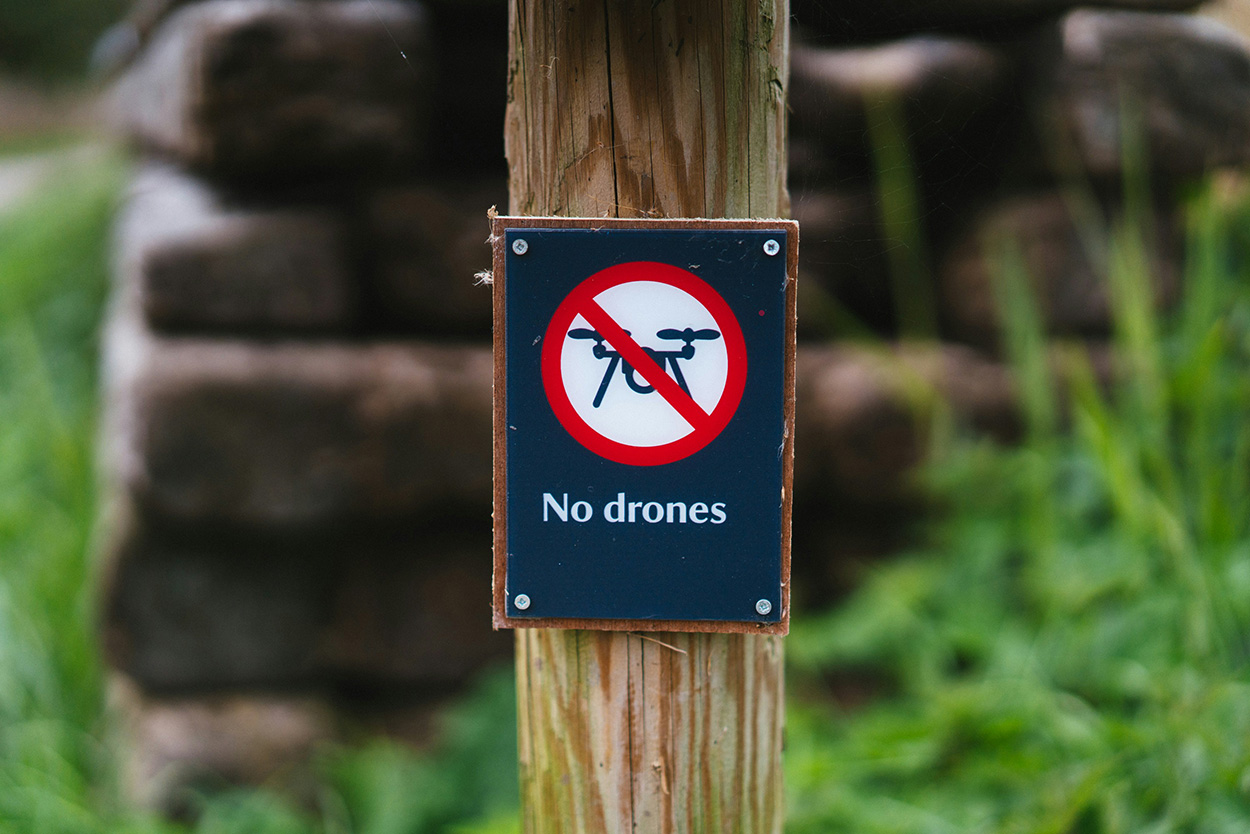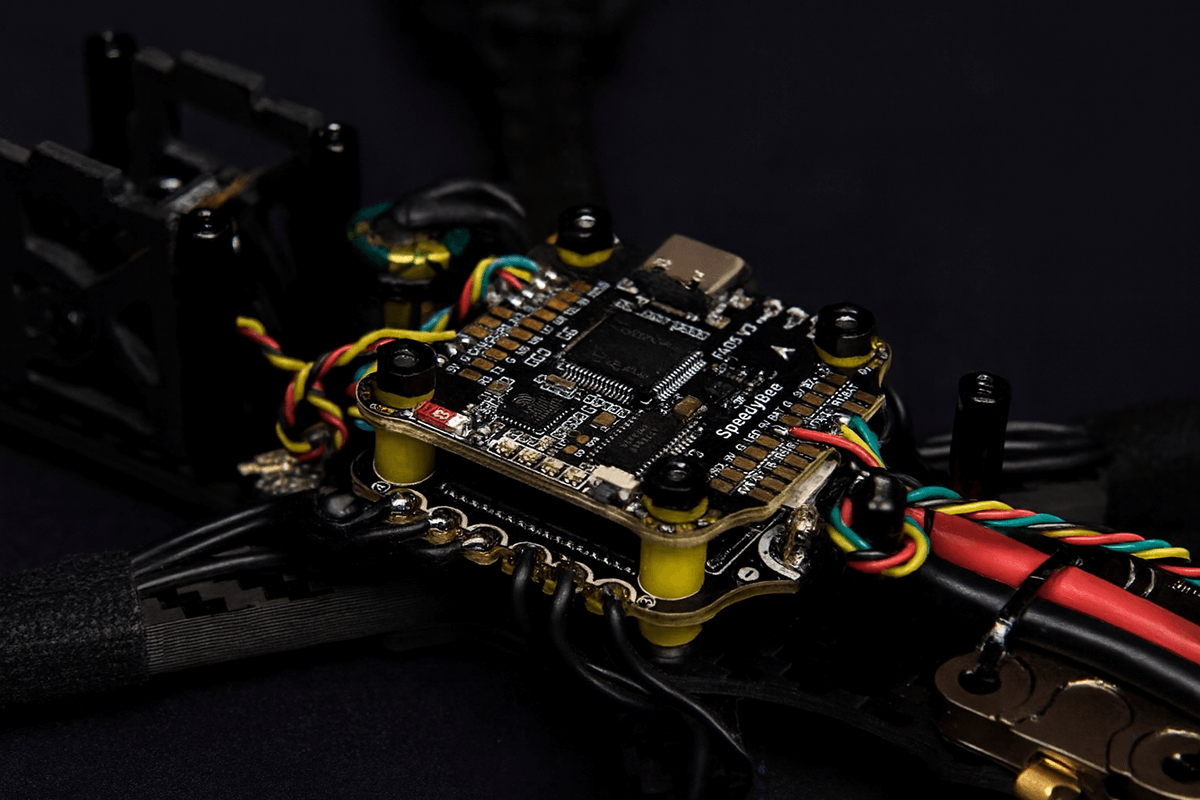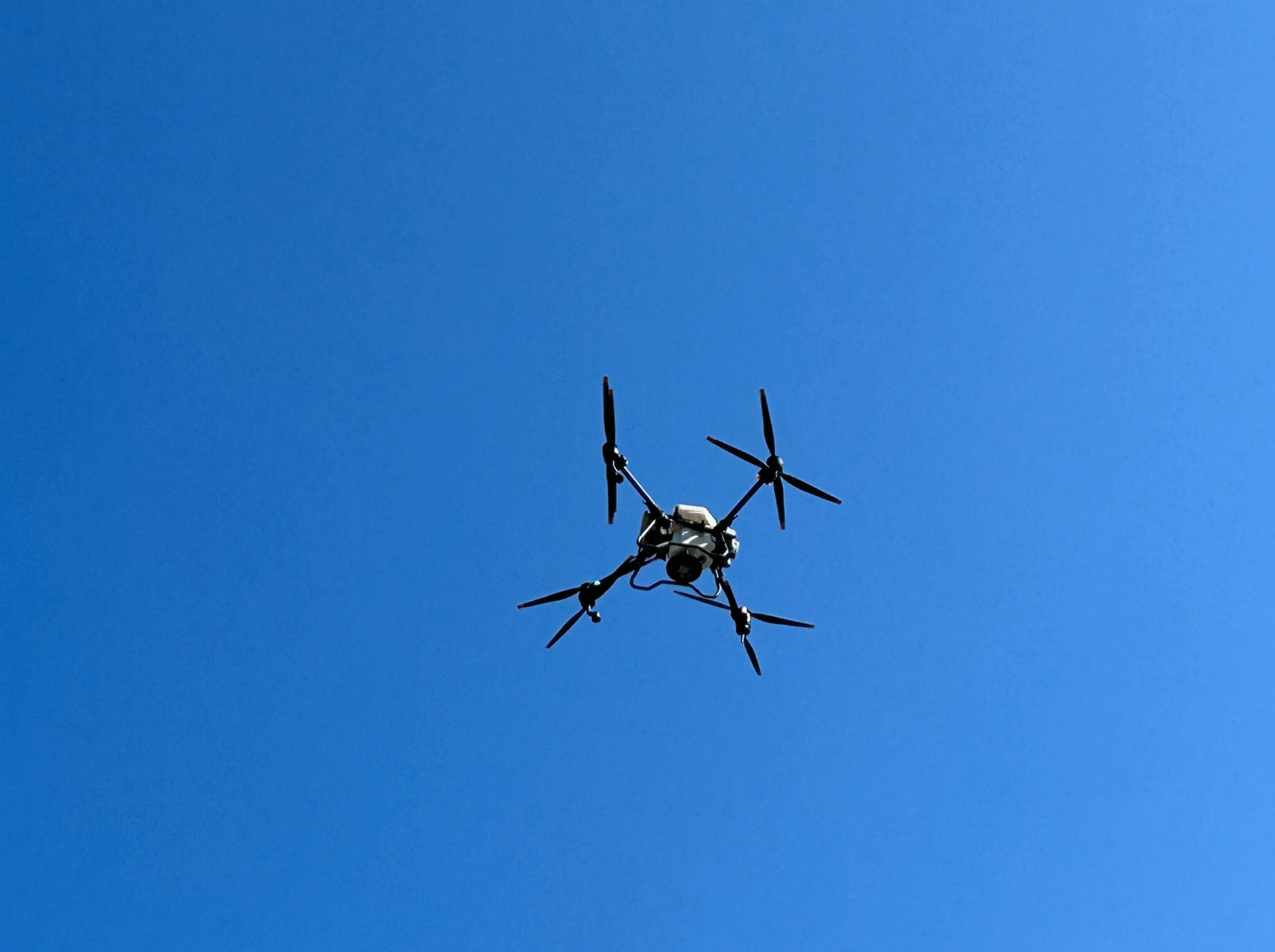
5 Drone Defense Myths That Wipe Out Your Budgets
Keeping rogue UAVs far away from your premises is a resource-intensive task. But it can also become even more costly when you’re led by the wrong assumptions. If you’re shopping around for new counter-UAS tech or testing an existing anti-drone defense system, here are five myths that might be quietly draining budgets and creating risk.
Myth 1: “One sensor will cover everything.”
Single-sensor drone defence systems (e.g., one fancy radar or one RF detector) look cheaper at first…until you wake up to missed approaches or a barrage of false alarms. Real threat actors exploit gaps: low-RCS visual approaches evade some radars, RF-silent autonomy can bypass RF detectors, and EO/IR struggles in poor visibility.
A better approach? Design layered detection (radar + RF + EO/IR + classification) and test the whole chain in drone defence simulation scenarios, so you understand where coverage drops off. This way, you’ll know exactly where to plug in the extra budgets.
Myth 2: “Jamming is a quick, legal fix.”
Drone jamming sounds simple: disrupting the drone comms links is enough to discourage loitering aircraft.
In reality, jamming is legally and operationally fraught. In many jurisdictions, the use, sale, or operation of jammers is tightly regulated — and in places like the US, Canada, Switzerland, and most EU member states, it’s effectively illegal without explicit authorization. Primarily because GNSS/GPS jamming can interfere with critical comms and public safety networks.
So before you purchase jammers for cheap online, confirm legal authority, airspace coordination, and collateral-risk mitigations.
Myth 3: “Simulators aren’t realistic – let’s go for live trials”
Live anti-drone drills are essential, but expensive and potentially risky to conduct if used as the first validation step.
High-quality digital twins and red/blue simulators let you run hundreds of permutations (attacker types, EM environments, sensor placements) and generate ranked vulnerability and cost-effectiveness data before you touch hardware. Doing this first reduces live-trial scope, saves money, and yields defensible reports for auditors and regulators.
Learn how we run advanced drone defense simulation campaigns at Osiris.
Myth 4: “False positives aren’t a big deal.”
Nope. Every false alarm is a budget drain: staff hours, wasted intercept attempts, and operational disruptions. False positives also drive alert fatigue, making security teams slower to respond to real threats.
Start tracking the human and monetary cost of your false alerts (response time, staff hours per alert, average cost per dispatch) and demand vendors show FP rates under stress tests and in busy RF/urban environments. Industry analysis shows the operational cost of false positives is a major driver of total security spend — and often the reason projects fail to scale.
Myth 5: “GNSS threats are niche — we shouldn’t worry.”
GNSS jamming and spoofing are not theoretical: aviation and infrastructure agencies now run coordinated programs to detect and mitigate GNSS interference because incidents are rising. GNSS interference incidents count in thousands across the Baltic states, Poland, and the Middle East, according to a May 2025 report from the European Commission.
If your mitigation plan assumes constant satellite positioning, you’ve left a critical single point of failure. Test receiver resilience, inertial fallbacks, and multi-constellation checks now — and include spoof/jam scenarios in drone attack simulations and live trials. Real flight demos of GNSS-resilient navigation show how much difference receiver-level hardening and inertial solutions make.
Bottom line
Don’t buy shiny drone defense tech to “solve” a myth. Instead: define outcomes (what “secure” looks like), run simulations to rank vulnerabilities, validate with focused red/blue tests, then run scaled live trials under regulatory oversight. That approach saves money and produces evidence you can show auditors and execs.
For teams that want a fast, defensible baseline, consider pre-packaged red/blue simulation services that output prioritized mitigation roadmaps. That’s what our Advanced Drone Defense Simulator does — it runs OSINT-based digital twins, red/blue campaigns, and cost-effectiveness scoring so you can stop guessing and start fixing.


